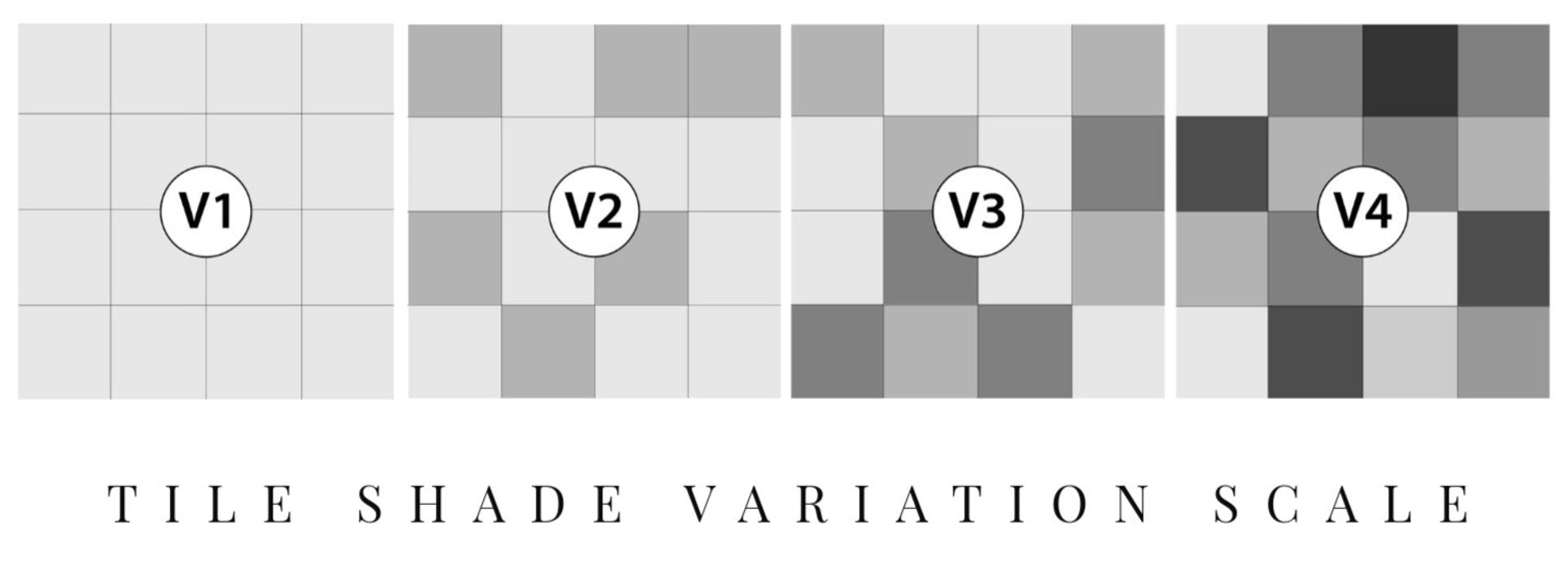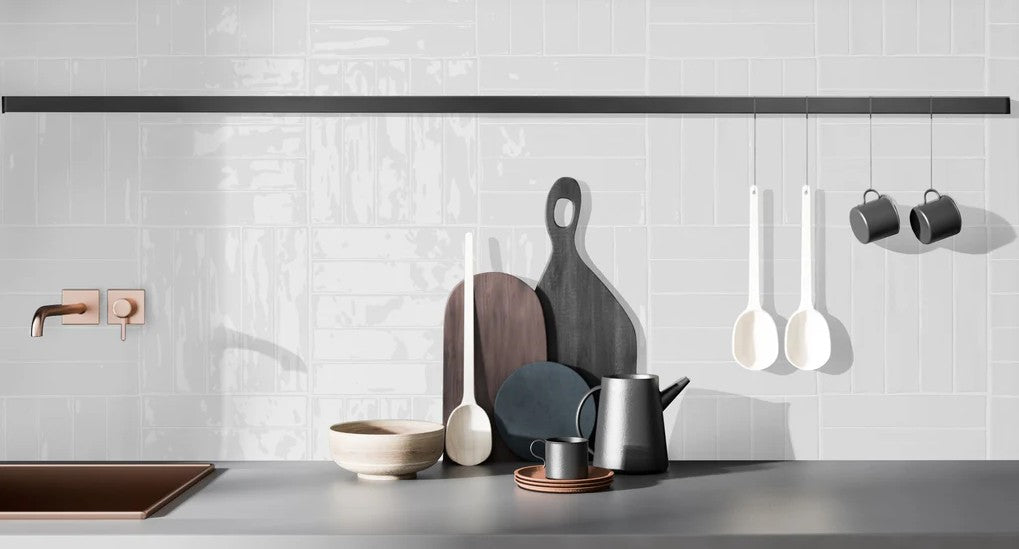Have you ever wondered why some glass tiles create dramatic visual effects while others maintain a more subdued, elegant look?
The world of glass tiles is fantastically diverse. It offers homeowners and designers a myriad of choices. These choices can significantly alter the aesthetic and functionality of a space. The debate between opaque and translucent glass tiles is a key discussion in this realm.
Glass tiles can be transparent, translucent, or opaque. This makes them a versatile option for various design applications. These differences affect how light interacts with the tiles. They also impact privacy levels and the overall atmosphere of a room.
With the rising popularity of recycled glass tiles, designers are intrigued by the properties of opaque vs translucent glass tiles. These tiles come in a variety of colors and styles.
High-quality glass tile installations are highly durable. They can last for many years without showing signs of wear. This makes them a long-lasting option for interior design.
Glass tiles reflect light, making spaces appear brighter and larger. This is beneficial for small or dark areas. Understanding these properties can help you decide between opaque and translucent glass tiles for your next project.
Key Takeaways
- Understanding the difference between opaque and translucent glass tiles can significantly affect the aesthetic and functionality of a space.
- Glass tiles reflect light, which can make areas appear brighter and more spacious.
- Recycled glass tiles offer an eco-friendly and unique design option.
- High-quality glass tile installations can enhance the resale value of a property.
- Opaque glass tiles provide more privacy, commonly used in bathrooms and bedrooms.
- Translucent glass tiles can create dramatic visual effects and add depth.
- Glass tiles are naturally fire-resistant, adding an extra layer of safety.
Understanding Opaque Glass Tiles
Opaque glass tiles are a favorite for those wanting privacy and a unique look. They come in finishes like matte, gloss, and rustic. This makes them versatile in design. Their solid look means you can't see through them, perfect for certain spots.
Characteristics of Opaque Glass Tiles
These tiles have a solid look because they don't let light through. Unlike clear tiles, they hide what's behind them. This gives a modern and elegant look. They're popular for their:
- Matte, Gloss, and Rustic Finishes - These finishes offer designers a wide spectrum of surface textures.
- Lack of Transparency - Perfect for applications where privacy is a priority.
Common Uses for Opaque Glass Tiles
These tiles are used in places where privacy and style matter. They're often seen in kitchen backsplashes, fireplace surrounds, and bathroom walls. Their durability and water resistance make them great for busy and wet areas like:
- Kitchens - The easy-to-clean surfaces are ideal for backsplashes.
- Bathrooms and Showers - Their water-resistant nature provides longevity in high-moisture areas.
- Fireplaces - Adding both safety and style to homes.
Benefits of Opaque Glass Tiles
Opaque glass tiles offer more than just looks. They add function and style to different spaces. Key benefits include:
- Privacy - Perfectly obscure the view through the tile, adding seclusion wherever used.
- Color Depth - Offers a richer, more vibrant color option for designers.
- Unique Aesthetic - Their diverse finishes and solid appearance provide a contemporary, stylish look.
The many benefits and uses of opaque glass tiles make them a top choice. They're favored by designers and homeowners for their mix of function and flair.
Exploring Translucent Glass Tiles
Translucent glass tiles are a stunning addition to any space. They diffuse light and offer partial visibility. This makes them perfect for modern and chic designs.
Definition and Key Features
These tiles let light through but stay somewhat opaque. This creates a soft, glowing effect. They're great for places where you need light control and privacy.
They have a smooth surface and can diffuse light well. You can find them in many colors and finishes to match any design.
Applications for Translucent Glass Tiles
Translucent glass tiles are versatile and can brighten up any space. They add elegance. Here are some common uses:
- Shower walls: They make showers feel open and private while letting light in, creating a calm atmosphere.
- Backsplashes: In kitchens and bathrooms, they add a bright touch, making the area look bigger and more welcoming.
- Accent walls: These tiles can highlight a room's features, making them stand out.
Advantages of Using Translucent Glass Tiles
Using translucent glass tiles offers many benefits. They look great and serve a purpose:
- Enhanced natural light: They spread out natural light, cutting down on the need for artificial light during the day.
- Illusion of depth: They can make a room seem larger and more open by creating depth, which is great for small spaces.
- Unique design element: With their wide range of colors and finishes, you can make each installation truly unique.
Opaque vs Translucent Glass Tiles Comparison
When you're deciding between opaque vs translucent glass tile comparison, think about looks, use, and the space's needs. These factors are key to picking the right tile.
Looks: Opaque tiles give a solid look, great for places needing privacy. They block light and are best for bathrooms and bedrooms. Translucent tiles let light through, making spaces like kitchens and living rooms brighter.
Use: Opaque tiles are best for private areas. They're used in showers and bedrooms. Translucent tiles are good for places needing light, like kitchen backsplashes.
Energy and Cost: Glass tiles need less energy to make than ceramic, making them eco-friendly. Both types cost between $8 and $30 per square foot. This makes them a pricey but beautiful choice.
Durability and Care: Both types resist water and stains but can get scratched. Professional installers help avoid adhesive showing through translucent tiles.
For those balancing budget and beauty, mixing glass and ceramic tiles works well. Use ceramic for big areas and glass for accents to save money and look good.
| Feature | Opaque Glass Tiles | Translucent Glass Tiles |
|---|---|---|
| Aesthetics | Solid, uniform appearance | Bright, light-permitting |
| Functionality | Maximizes privacy | Enhances natural light |
| Energy Efficiency | Requires half the energy to produce compared to ceramic | Requires half the energy to produce compared to ceramic |
| Cost | $8 to $30 per square foot | $8 to $30 per square foot |
| Durability | Resistant to water and staining | Resistant to water and staining, can be scratched |
| Usage | Bathrooms, bedrooms, showers | Kitchens, living rooms, decorative walls |
Design Tips for Using Opaque and Translucent Glass Tiles
Using opaque vs translucent glass tiles for interior design can change any room. Here are some expert tips to use these materials well.
Creating a Balanced Look
To get a balanced look, mix opaque and translucent glass tiles. Think about the color scheme and design first. For example, bold opaque tiles on a kitchen backsplash with softer translucent tiles in accents can look great.
Also, mixing patterns and textures adds excitement. It makes the design more interesting.
Playing with Light and Color
Translucent glass tiles are special because they play with light. They can brighten up dark rooms or highlight areas. Using both opaque vs translucent glass tiles for interior design lets you play with light and color in new ways.
Put translucent tiles near windows or lights to reflect more. Use opaque tiles to add depth and ground the design.
Incorporating Glass Tiles in Different Rooms
Glass tiles are great for different parts of the house. Here's how to use them:
- Kitchen Backsplashes: Use opaque tiles to hide stains and translucent ones to reflect light and make it look bigger.
- Bathroom Walls and Showers: Mix both for a fancy yet practical look. Opaque tiles keep things private, while translucent ones brighten up the space.
- Accent Walls: A mix creates eye-catching points that add style.
These tips will help you balance looks, function, and the special qualities of opaque vs translucent glass tiles for interior design.
Maintaining and Cleaning Glass Tiles
Keeping glass tiles clean and well-maintained is key to their beauty and longevity. With the right methods, your glass tiles will stay looking great and last longer.
Start by choosing the right cleaner for your glass tiles. Use pH-neutral cleaners to avoid damage. Harsh chemicals can etch or discolor the tiles, which is bad for smooth or shiny ones. Also, soft tools like microfiber cloths or non-abrasive sponges help prevent scratches.
To clean and maintain glass tiles effectively, consider these steps:
- Regularly wipe the tiles with a damp cloth to remove dust and dirt.
- Quickly clean up spills and stains to prevent them from setting in.
- Clean grout lines with a soft brush and a mild, pH-neutral cleaner to avoid discoloration.
- Reseal grout in wet areas to stop mold and mildew.
- Use a squeegee after showers or in wet areas to avoid water spots and keep the tiles shiny.
Temperature changes can harm glass tile installations. Tiles over 3x6 inches might crack from big temperature changes. In areas with big temperature swings, use expansion or caulked joints to prevent cracking.
Glass tiles can withstand up to 100°F, showing they are very resistant to temperature changes as per ANSI A137.2 standards.
Different glass tiles, like mosaic or large-format, have their own needs. For example, sintered glass with a matte finish might show dirt more and need more cleaning. Knowing the specific needs of your tiles is important for their upkeep.
Here's a look at how different glass tiles need to be cleaned:
| Type of Glass Tile | Cleaning Requirements | Maintenance Tips |
|---|---|---|
| Mosaic Glass Tiles | Wipe with a damp cloth; use pH-neutral cleaners | Clean grout lines regularly; reseal periodically |
| Large-Format Glass Tiles | Clean with microfiber cloth; avoid abrasive cleaners | Use expansion joints for thermal variations |
| Textured Glass Tiles | Use a soft brush to clean crevices | Inspect for dirt buildup regularly |
| Sintered Glass Tiles | Wipe frequently; use gentle, pH-neutral cleaners | Avoid visible dirt by regular maintenance |
Understanding the unique needs of glass tiles helps keep them looking and working well for a long time. Regular care not only keeps them looking good but also makes them last longer.
Conclusion
Knowing the difference between opaque and translucent glass tiles is key to making the right choice. We've looked at their characteristics, benefits, and uses. Opaque tiles make bold statements, while translucent tiles add depth and light.
Choosing between opaque and translucent glass tiles depends on your design goals and the space. Opaque tiles are great for privacy and making a statement. Translucent tiles are perfect for letting in light and creating a bright atmosphere.
Design tips can help you use these tiles better. Think about light, color, and how they fit together. Glass tiles are durable, easy to clean, and versatile. They're a top choice for homes and businesses. Picking the right tile can really improve your space's look and feel.








